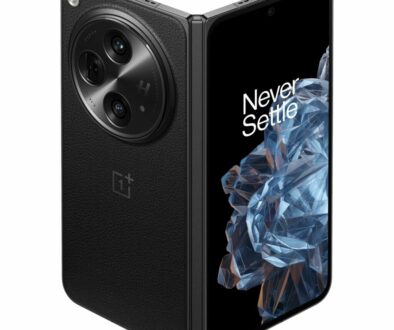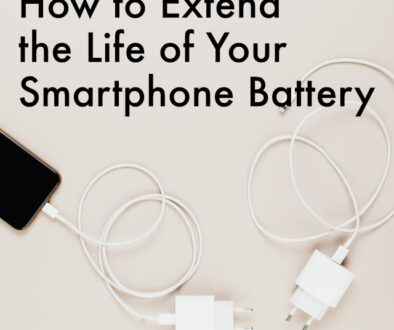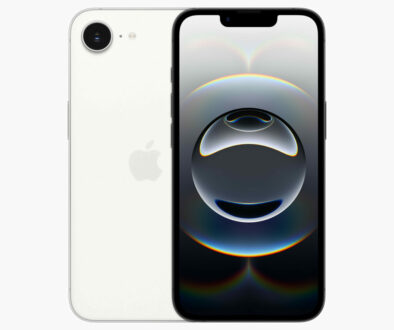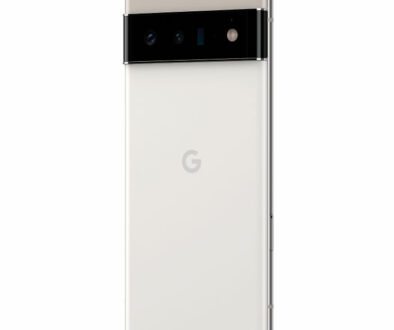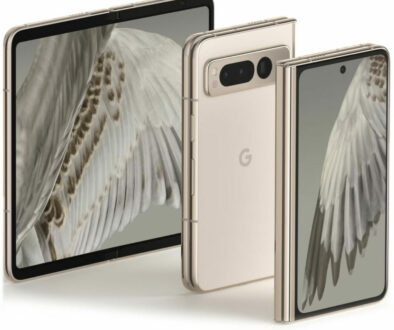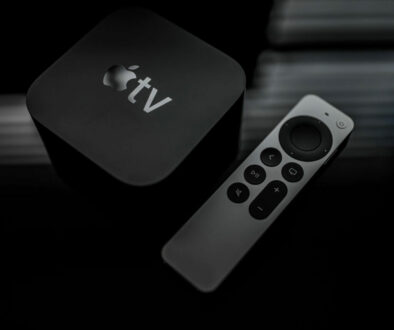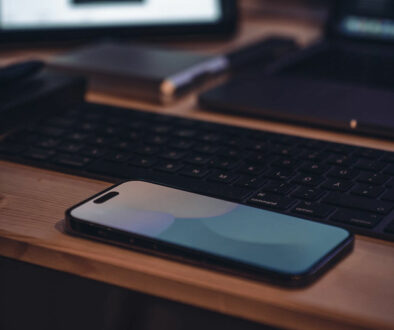Best Smartphones with Minimal Notch: Dewdrop U and V-shaped notches to challenge the convention
Had enough of the notch getting in the way of your full screen experience. We explore new smartphones adopting a minimal notch approach in the form of U-shaped and V-shaped cut-outs.
Use the links below to access the device on Amazon.
- OnePlus 6T (V shaped notch)
- Huawei Mate 20 X and Huawei Mate 20 (U shaped notch)
- Honor 10 Lite (U shaped notch)
- Huawei P Smart (U shaped notch)
- Vivo Y91 (V shaped notch)
Top 5+1 New Smartphones with Minimal Dewdrop U or V shaped notches
Here are 6 new smartphones that features the new minimal notch. The different notch designs got their names from the shape of the notches. Being a late adopter, Samsung gave as a preview of what to expect from their future phone and this photo breaks down the different notches they will introduce on their phones, two of which are the subject of this post, the U and V notches. Let’s take a closer look at these phones.
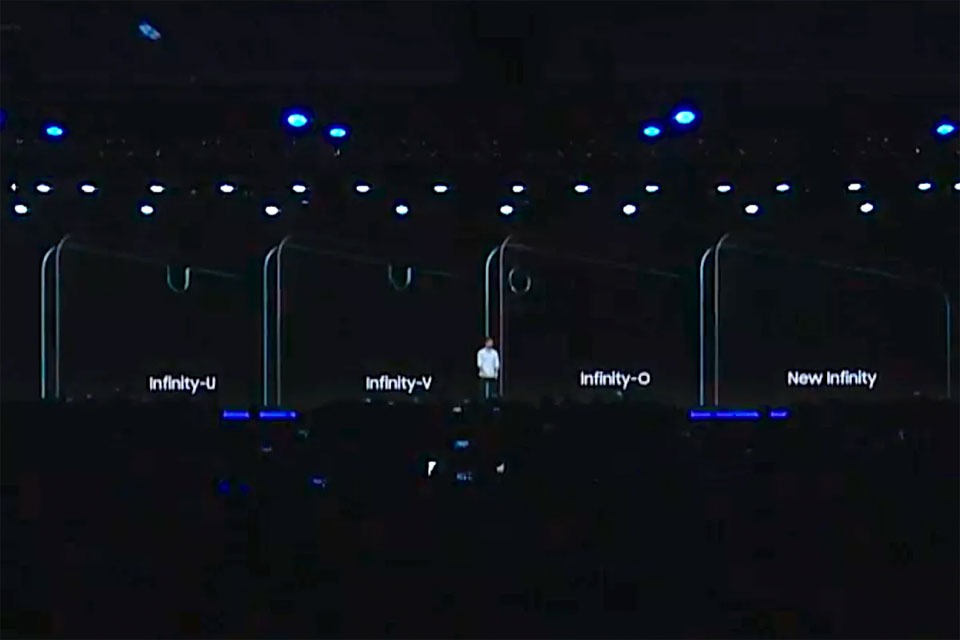
OnePlus 6T
OnePlus 6T is a flagship beating smartphone known for its premium design and high performing components but costing only around half the price of competitors’ equivalent. While the T denotes a mid-life upgrade, the new sixth generation phone is more than that. OnePlus 6T spots a smaller V-shaped notched, bigger display at 6.41-inch with 2340 x 1080 pixels (402 ppi) at 19.5:9 aspect ratio and in-display fingerprint sensor with even smaller bezel. OnePlus 6 on the other hand has a conventional notch, smaller display at 6.28-inch with 2280 x 1080 pixels at 19:9 aspect ratio, fingerprint sensor around the back and a noticeably bigger chin bezel.
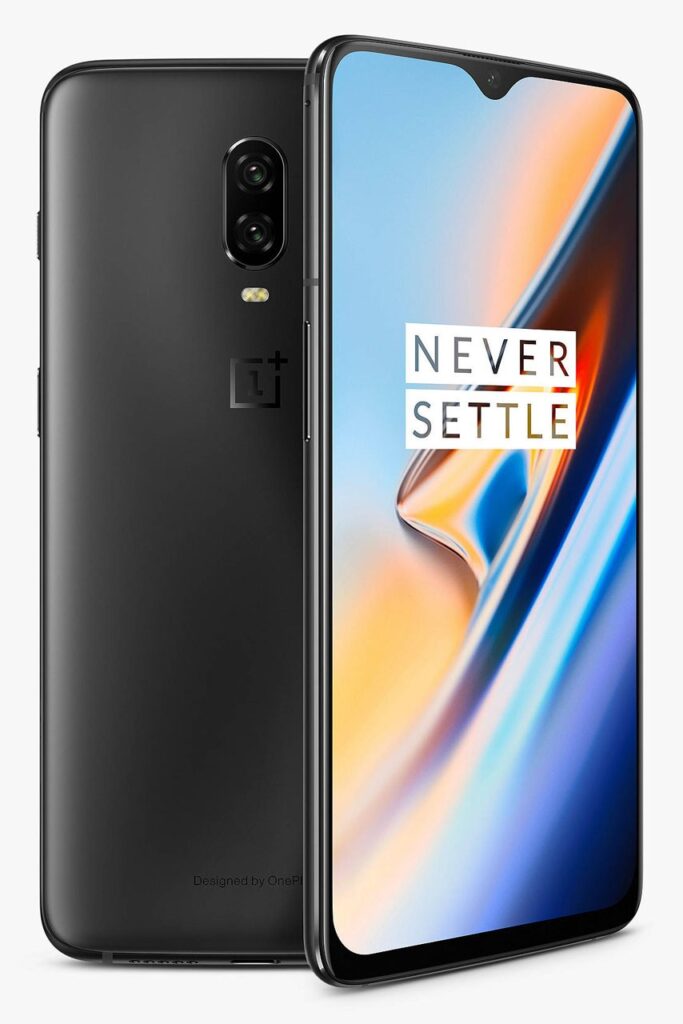
Powered by Qualcomm Snapdragon 845 chipset, the OnePlus 6T is available in three different configuration with not just different storage sizes on offer but different amount of memory too. The entry level being 6GB RAM with 128GB storage. The next one up has 8GB RAM with 128GB storage. The chart topper comes with 8GB RAM and 256GB of storage. However, the best part is, the price difference. Opting for the highest spec will only set one back around 16% more from the base price. Other companies charge a premium for bigger storage.
The huge 6.41-inch display is an Optic AMOLED panel and that minimal V notch houses a 16MP front facing cameras. The larger display allows the OnePlus 6T to achieve a 86% screen-to-body ratio. Also, under the display is an in-display fingerprint for fast screen unlocking. For the main cameras, you will find a dual vertical and centred arrangement with 16MP and 20MP sensors. Together these cameras capture amazing night and day shots with Optical Image Stabilisation and Nightscape feature. The selfie aficionados will love the Studio Lighting feature. The function tapes into advanced face and edge detection tech to dynamically tone shadows and highlights for amazing portraits.
The cameras aren’t just great for stills. They are also capable of 4K capture at 60FPS and can create super slow motion videos to freeze and slow down fast action scenes for frame-by-frame action with up to 480 fps capture rate. At that rate, you can even pick up light source’s refresh rate so natural light source is recommended. And, when you are done capturing your video footage, edit it using professional level video editing software to trim, filter, add slow motion, apply reverse and loop effects. The full featured video editor is developed for videographers.
When you need to recharge the high capacity 3700mAh battery, a quick 30 minutes charging will put you back on the road with its impressive Fast Charge tech via the Type C port and powerful 5V 4A charge adapter. No fast charging technology comes close.
Huawei Mate 20 and Mate 20 X
The Huawei Mate 20 and Mate 20 X comes with 6.53-inch and 7.2-inch Full View LCD display respectively each with 2244 x 1080 pixel resolution. This makes the devices considerably bigger than the Huawei Mate 20 Pro with 6.39-inch OLED. Just like the Mate 20 Pro, both Mate 20 and Mate 20 X is powered by Kirin 980 chipset. The biggest difference here is the new dew drop or U shaped notch, the Huawei Mate 20 Pro has a conventional notch.
For cameras, both phones feature Leica Triple Camera setup for its main camera. The setup includes a 12MP RGB lens for everyday photo, 8MP telephoto lens for zoom and 16MP Leica Ultra Wide Angle Lens for landscape photos. The main cameras are arranged in a square formation together with the flash. The Leica Ultra Wide Angle Lens also let one take super close up shots or macro from 2.5cm, capturing details that you would otherwise miss. Night shots are enhanced with AI Image Stabilisation. Every shot taken with the cameras is AI enhanced with more than 1500 scenes in 25 different categories using objects segmentation and different scenes application. Automatic adjustments are made to the colours, brightness and contrast of each photo for that perfect balance. For the front camera you get a 24MP f/2.0 sensor.
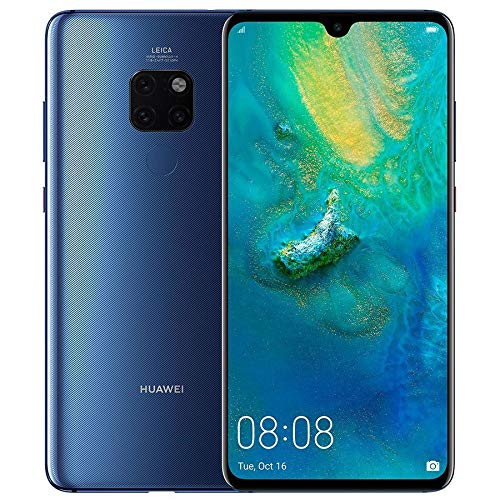
The phone is available in four different colours, Midnight Blue (above), Black, Emerald Green and our favourite Twilight. Light bounces off the back plate with its unique Hyper Optical Pattern finish, a special glass texture that is both functional and beautiful, with its non-slip and anti-fingerprint finish. Given its big display and equally big case, it carries a 4000mAh and 5000mAh high capacity battery on the Mate 20 and Mate 20 X respectively. Still, when you run low, use the Huawei SuperCharge cable and adapter to bring it back to life. On the Mate 20, a quick 30 minutes charge brings it back to 58%.
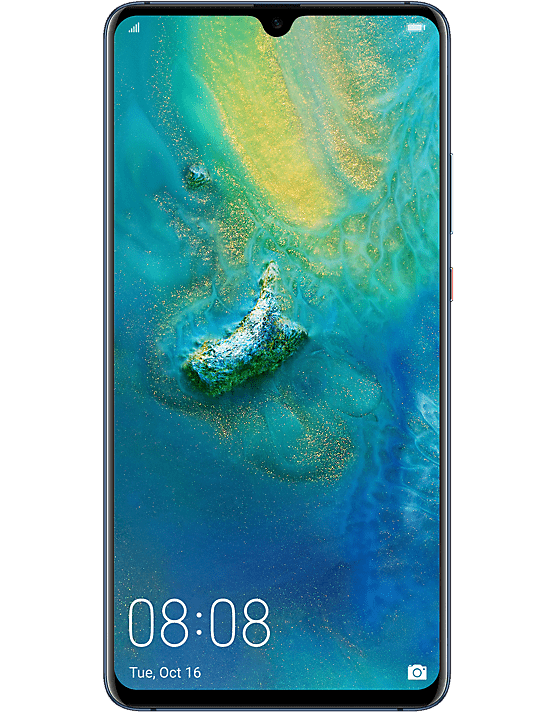
Like the OnePlus 6T, the phone comes pre-loaded with AI Cinematography prowess. Use the AI Cinema Mode to capture real time HDR video at the classic 21:9 movie ratio. A range of video filters are also available to add drama and mood to your video in real time. Choose from Fresh, Vintage, Background Blur and Suspense. The AI Portrait Colour detects people and greys out the background to record films with Hollywood like effects. Finally, the AI video editor picks up different faces and create separate highlights for each of them automatically.
The Huawei Mate 20 X is also stylus ready. Pick up a Huawei M-Pen, sold separately and use it to activate the Memo directly from a locked screen and scribble away. The pen is highly sensitive and supports 4096 level of pressure for a more natural writing experience.
Both phones also support wireless screen mirroring via Miracast to project your display onto a compatible big screen. In PC mode, you can project your presentation, games and video to the big screen while using the phone to send messages and make phone calls privately separate to what is on the screen.
Other features include AI Vision, a smart camera that helps you discover landmarks, paintings and measure calories in your meals. AI Shopping helps you find the thing you see quickly using services by Visenze and offering a list of online shops that offer this.
The Huawei Mate 20 is priced to compete with with OnePlus 6T. The Mate 20 X with the biggest display on our list and stylus support costs more but not eye watering like some of todays flagship smartphones, we are looking at you Apple and Samsung!
Honor 10 Lite – BUDGET
A budget entry, the Honor 10 lite has a big 6.21-inch FullView display. This is slightly bigger than the display on Galaxy S9 Plus but has a comparatively lower but still respectable Full HD+ 1080 x 2340 pixels resolution at 19.5:9 aspect ratio. The U-shaped cutout also known as the dewdrop notch on the display is minimal and unobtrusive pushing up to over 90% screen to body ratio. It doesn’t stop there, it has a dual main camera with 13MP and 2MP sensors and a super high AI powered 24MP selfie camera.
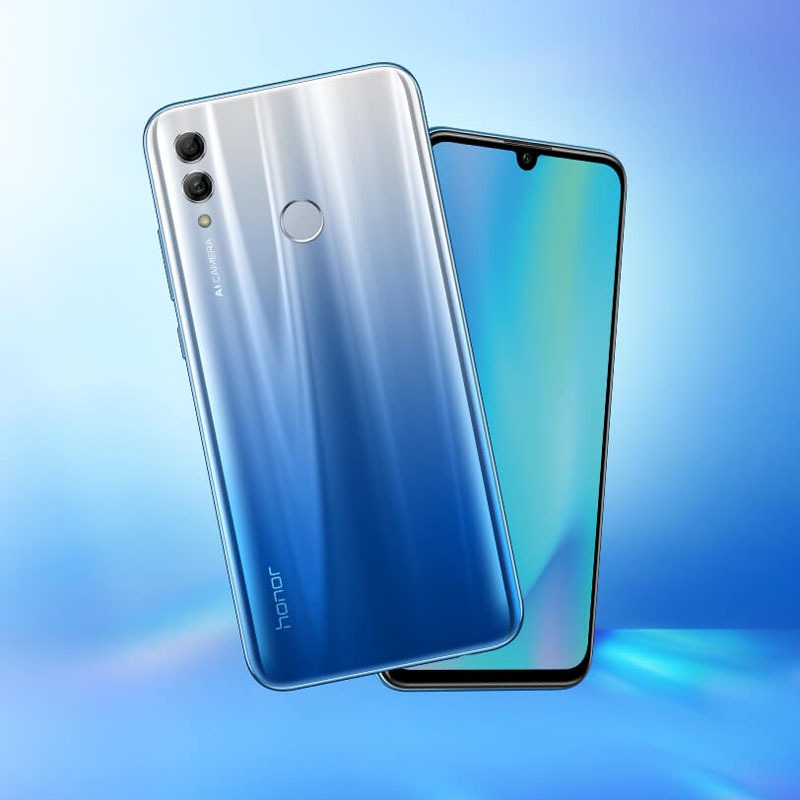
The dewdrop notch houses the single 24MP shooter that is enhanced by AI scene detection tech. This helps improve selfie photos with exposure compensation making shots a treat be it day or night. 3D Portrait Lighting shots and Group photos or we-fies have also received the necessary upgrades. Honor doesn’t stop there, even with the single camera, Face Unlock is offered with AI equipped facial recognition for quicker access to the phone. If you prefer to unlock your phone the old way, a fingerprint sensor is also present on the rear backplate.
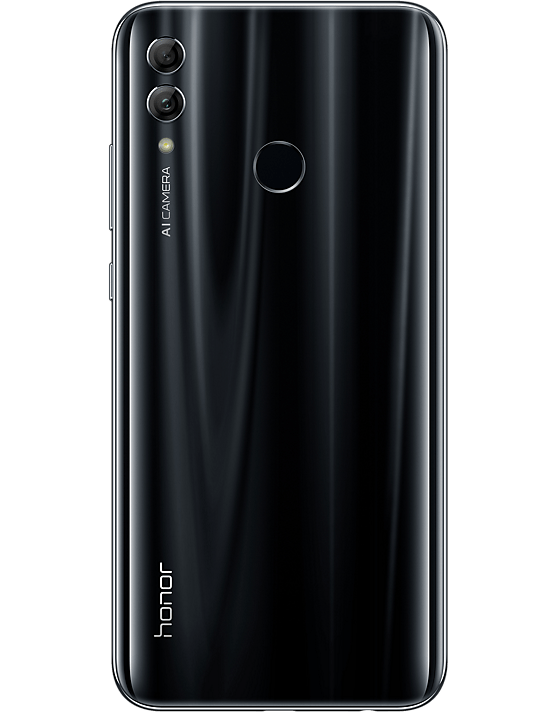
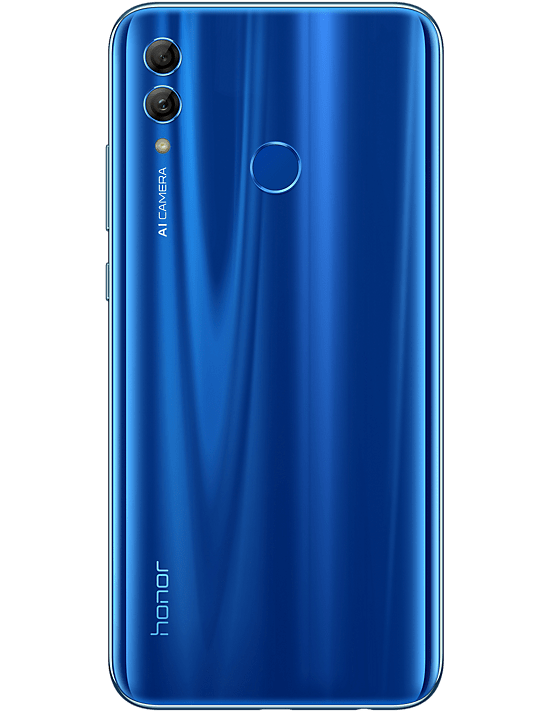
The rear cameras come as a pair of 13MP and 2MP AI enhanced camera with a wide F/1.8 aperture lense for better low light performance. Using advanced semantic segmentation technology, the Honor 10 Lite can recognize different objects and automatically choose the optimal adjustments for the shot. There is even a Super Night Shoot mode that lets you capture night shots in under six seconds of exposure with anti-shake function. The result, a stunning night time shot with professional result.
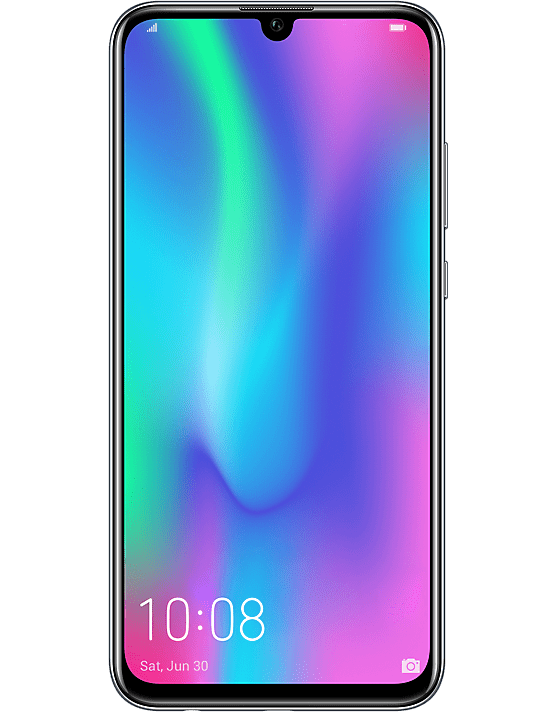
On the subject of the backplate, the Honor 10 Lite also received the colour gradient treatment in sky blue or black bringing it in line with other phones in Honor’s portfolio such as the Honor View 20 with Aurora Nanotexture treatment, Honor 8C and 8X with nano-level printing and optical coating. The device runs on mid-range Kirin 710 chipset with flagship level Cortex-A73 core. Combined with 3GB RAM memory and 32GB or 64GB of storage, the smartphone offers seamless performance. The Honor 10 Lite shares the same processor as the Honor 8X.
Huawei P Smart 2019 – BUDGET
Huawei P Smart has a minimal U shaped notch on the top of its 6.21-inch FullView display (Full HD+ 1080 x 2340 pixels 19.5:9 aspect ratio. Huawei calls this the dewdrop notch. This Huawei P Smart 2019 features a pair of AI enhance shooters on the rear combining 13MP and 2MP camera. The main cameras are capable of AI scene recognition in real time with up to 22 categories and 500 scenarios automatic selection for the best shot. The front shooter, also AI enhanced is capable of optimising selfie shots with 8 unique scenes. Like Honor 10 lite, at the heart of the P Smart is the Kirin 710 octa-core chipset with 3GB RAM and 64GB storage.
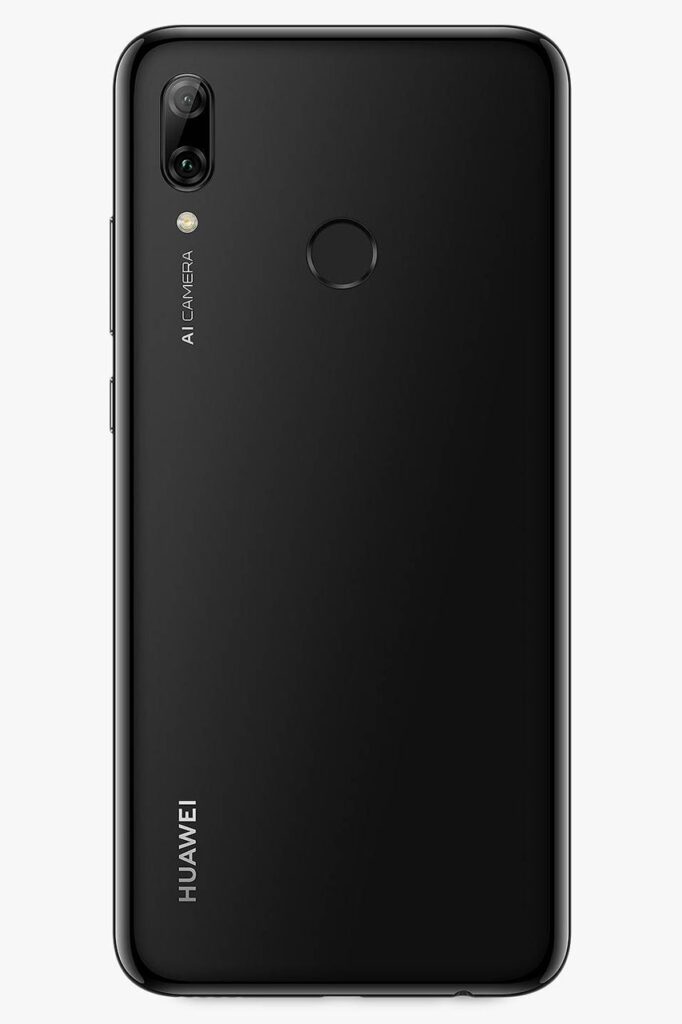
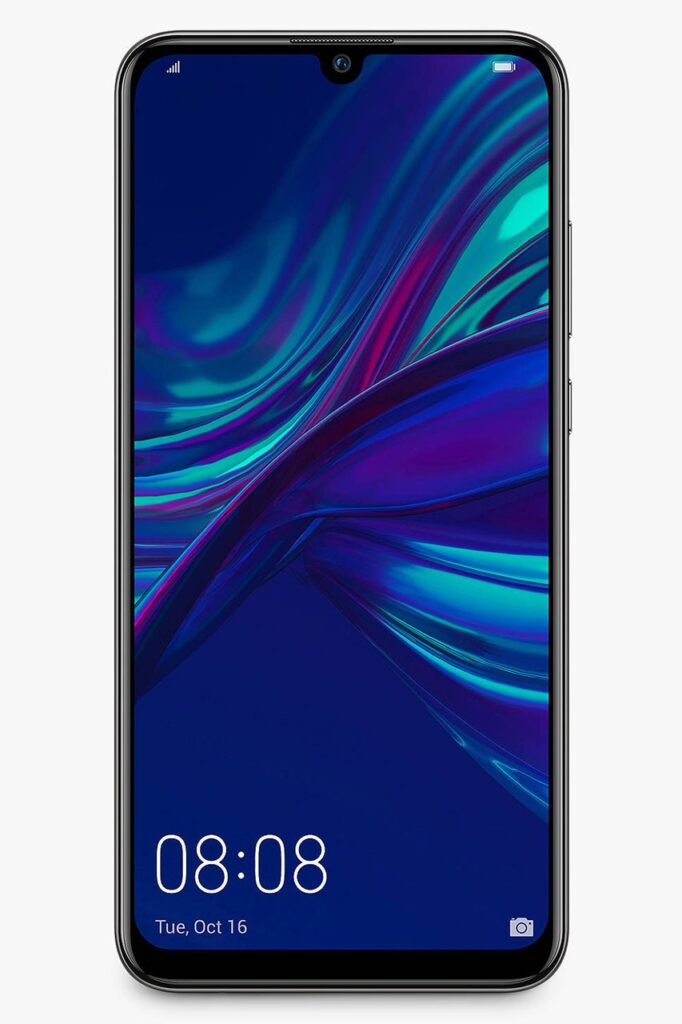
VIVO Y91 – BUDGET
New to the minimalist notch game VIVO with its Y91 smartphone. The drewdrop notch in the Y91 has shares the same V shaped look like on the OnePlus 6T but the similarity stops there. The 6.22-inch FullView HD+ display allows the device to pack a 88.6% screen-to-body ration and 270ppi. The budget phone is powered by octa-core MediaTek Helio P22 chipset. This is paired with PowerVR GE8320 GPU, 2GB of RAM memory and 32GB of internal storage.
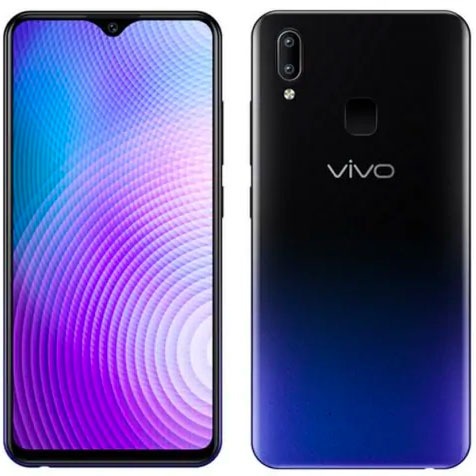
For the cameras, Y91 offers an 8MP selfie shooter with f/1.8 aperture. The rear cameras are a pair of 13MP(f/2.2) and 2MP (f/2.4) sensors. The latter being the depth sensor while bigger 13MP sensor is the primary shooter. Even with the entry level sensors, both cameras are enhanced by on board AI-based smart beautification system. Like all AI enhanced cameras, this automatically detects the various attributes of the shot like lightning, gender and skin tone to automatically apply the right effects.


